If you are looking wholesale lighting solutions, click here.
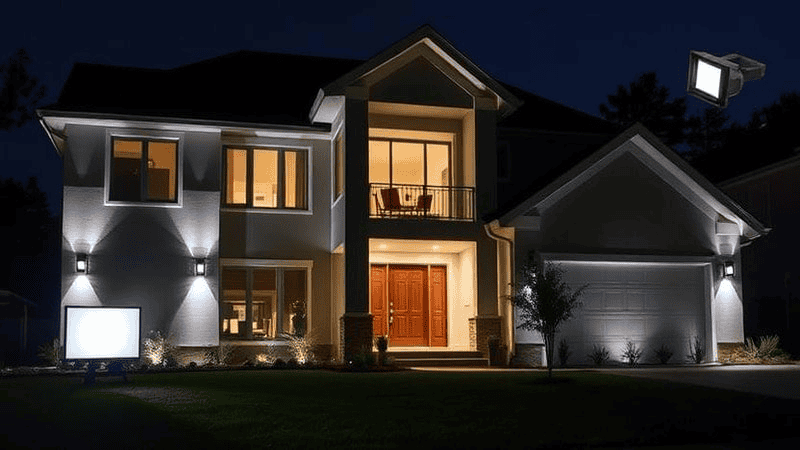
Are you also struggling to find the right outdoor floodlight? The right choice can enhance security, improve visibility, and create a well-lit space. With advancements in LED technology, weather resistance, and smart controls, floodlights now offer better performance and efficiency than ever.
Let’s explore the best floodlights for various applications, covering features and tips to help you make the best decision.
Flood lights are a good alternative for outdoor areas, as they provide increased security, visibility, and coverage. Their bright illumination discourages burglars by eliminating dark spaces, making your home safer.
Flood lights also boost visibility around driveways, gardens, and entryways, creating a well-lit environment for security and convenience.
They not only provide a practical benefit but they also improve the outside appearance of a property by emphasizing architectural aspects and landscape elements.

As a homeowner or designer, you can alter the brightness and light shade to create an inviting atmosphere while still providing functional outdoor lighting.
Flood lights are an excellent complement to any outdoor space because of their wide coverage and reliability.
Floodlights can be categorized according to their light source, functionality, and application environment. Understanding these categories enables you to select the best lighting solutions for your needs.
Different light sources have distinct benefits in terms of efficiency, longevity, and performance.
LED floodlights are the most popular choice because of their high energy efficiency and long lifespan (sometimes exceeding 50,000 hours). They deliver bright, uniform illumination while using far less power than standard lighting methods.
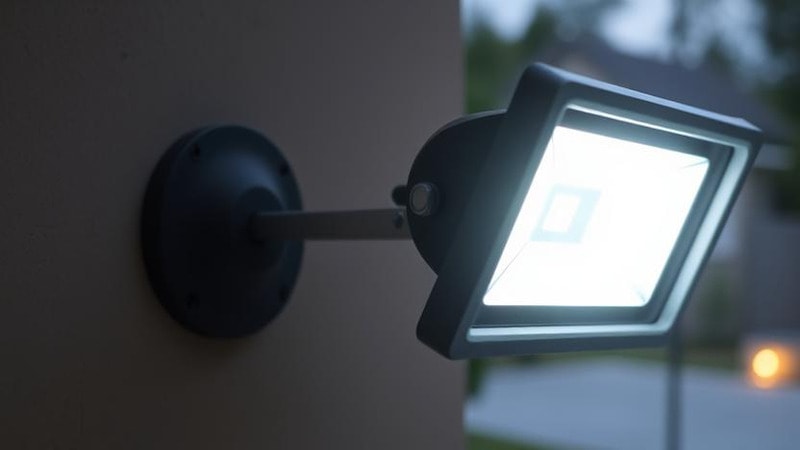
LEDs are great for security lighting, vast outdoor spaces, and residential applications due to their low heat production and wide range of wattage options.
Furthermore, intelligent features such as motion sensors and dimming capabilities make them an adaptable option for modern outdoor lighting systems.
Halogen floodlights are a less expensive option, but they consume more energy and have a shorter lifespan (2,000 to 5,000 hours on average).
They provide warm, natural light with outstanding color representation, making them ideal for decorative and accent lighting applications.
However, they produce more heat and require more frequent repairs, making them inefficient for long-term use.
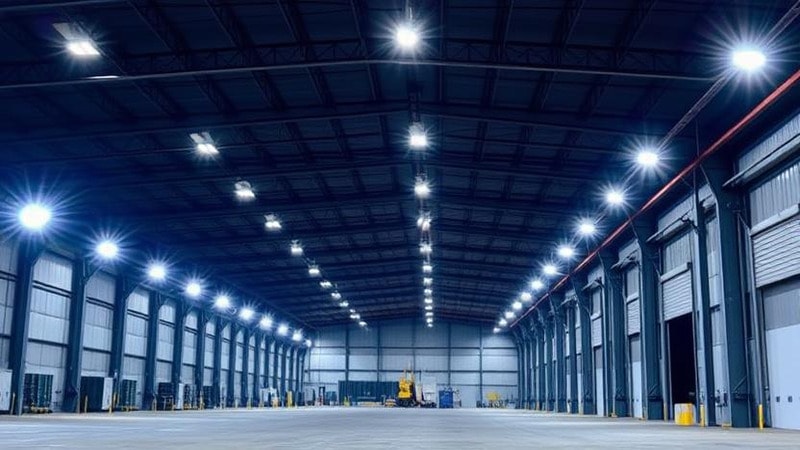
High-intensity discharge (HID) floodlights, such as Metal Halide and Sodium Vapor lamps, are widely used for large-scale lighting in stadiums, industrial zones, and parking lots.
Metal halide lamps produce strong white light with good color accuracy, making them ideal for sports arenas and high-visibility settings. In contrast, sodium vapor lights create a yellowish glow that is energy-efficient but has poor color rendering.
Despite their brilliance, HID lights take longer to warm up and require regular maintenance, making them less convenient than LED equivalents.
Solar floodlights are an environmentally beneficial and cost-effective solution, especially for off-grid or isolated areas. These lights charge during the day using built-in solar panels, then store the energy in rechargeable batteries for nighttime lighting.
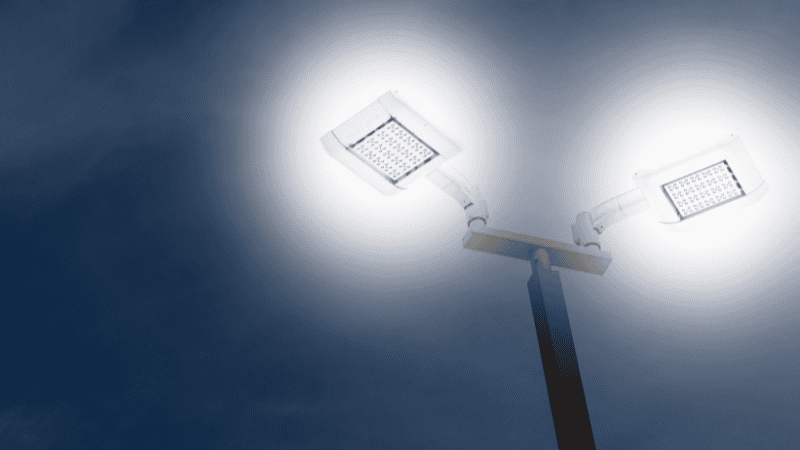
They are simple to install and run, without any wiring required, making them ideal for gardens, paths, and security lighting. While their brightness is dependent on adequate sunlight, advances in battery technology have increased their reliability as well as efficiency.
Floodlights are created with a variety of functions to satisfy specific user needs. Selecting the appropriate functionality guarantees optimum performance and energy efficiency, whether for security, convenience, or decorative purposes.
Motion sensor floodlights are equipped with Passive Infrared (PIR) or microwave sensors. These sensors detect movement and turn on automatically. These lights are an ideal choice for security applications, as they deter intruders while conserving energy.
They help to save electricity costs by activating only when movement is detected, while still delivering reliable lighting when needed.
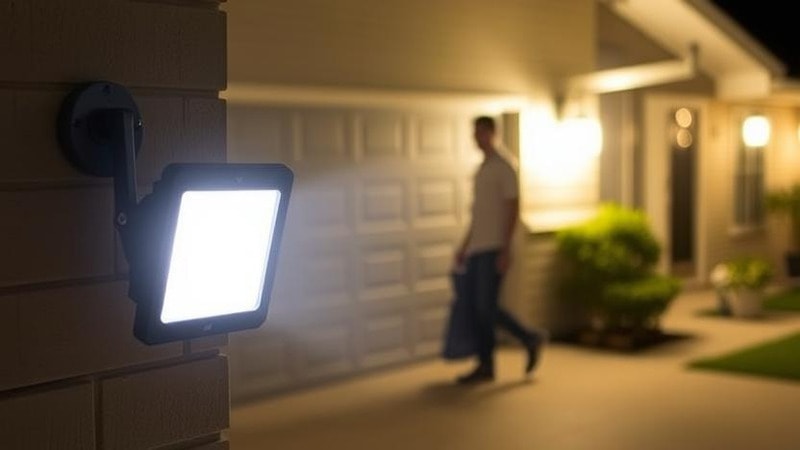
Dusk-to-dawn floodlights include a photocell sensor that activates the light at dusk and turns it off at sunrise. This functionality eliminates the need for manual activation, resulting in consistent illumination throughout the night.
These lights are perfect for home exteriors, parking lots, and business premises for increasing safety while conserving energy.
RGB floodlights provide variable color options, making them ideal for landscape and decorative lighting. These floodlights can be controlled with a remote or smart app, allowing you to change colors, alter brightness, and establish dynamic lighting effects.
They are frequently used for event lighting, holiday decorations, and architectural highlights, as they provide a unique touch to outdoor locations.
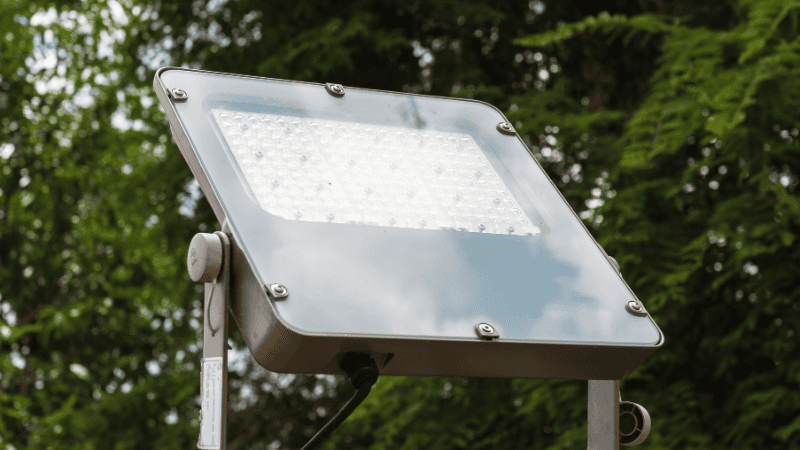
Portable floodlights are lightweight and powered by batteries, making them ideal for mobility and convenience. They are perfect for temporary lighting applications such as building sites, outdoor festivals, and emergencies.
Many models offer USB charging capabilities, making them an adaptable choice for situations when a power supply is not readily available.
Selecting the right floodlight depends on the intended use case and location of the outdoor light fixtures.
The high-powered floodlights are ideal for warehouses, factories, construction sites, and parking lots. They provide broad, high-intensity lighting to ensure worker safety and productivity in huge outdoor areas.
They can withstand harsh environments and long operational hours thanks to their sturdy housings and weatherproof construction.

Residential floodlights are usually installed in gardens, driveways, patios, and fences to improve house security and attractiveness.
These lights use fewer watts than commercial models but provide effective illumination to deter trespassers and improve visibility around the home.
Sports floodlights are designed to provide large-scale lighting on football fields, basketball courts, and stadiums. They deliver a high-lumen output with a wide beam spread, resulting in homogeneous light without glare.
These floodlights are intended for both professional and leisure sports, and they meet visibility criteria while minimizing light pollution.
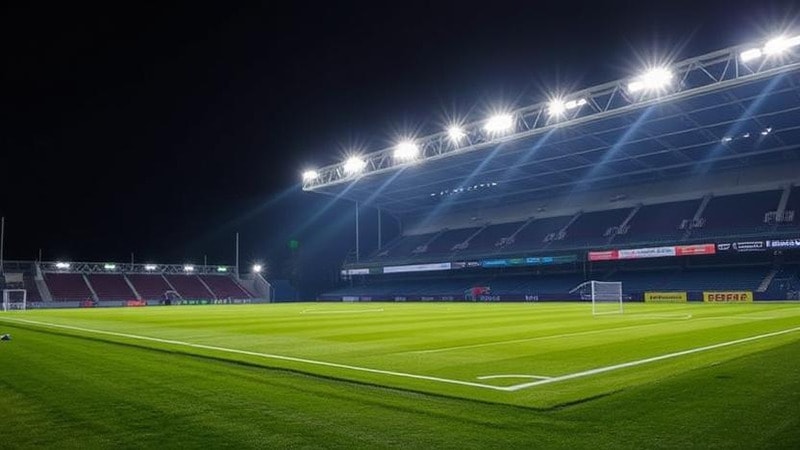
Architectural floodlights are used to highlight buildings, monuments, gardens, and fountains, making outdoor spaces more visually appealing. These lights are energy-efficient while also improving visual appeal and visibility.
Some options provide changeable color temperatures, allowing you to create the ideal mood for decorative and security lighting.
When choosing the best floodlight, it is important to consider crucial factors like brightness, color temperature, longevity, and installation options.
Each application has its own set of requirements; therefore, before making a purchase, you should consider your project’s needs.
Floodlight brightness is measured in lumens rather than wattage because different places require varying degrees of illumination. Residential areas such as driveways, gardens, and patios typically require 700-2,000 lumens.
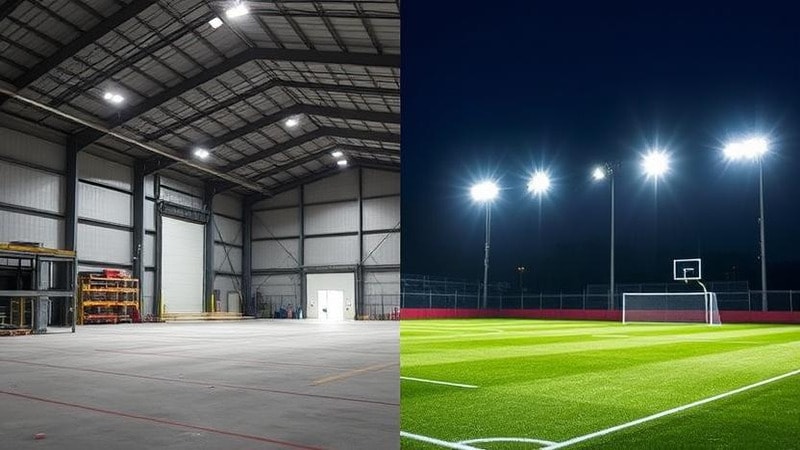
Whereas small commercial areas like parking lots and pathways require 3,000-5,000 lumens.
Floodlights with 10,000 or more lumens are required for large commercial and industrial applications, such as warehouses and factories. Meanwhile, sports grounds and stadiums require over 50,000 lumens for good visibility.
LED floodlights are a more energy-efficient alternative to halogen or HID choices since they provide tremendous brightness while using less power.
Choosing the correct wattage-to-brightness ratio offers effective illumination without wasting energy.
Color temperature is measured in Kelvin (K). It has an impact on lighting ambiance as well as functionality.
Warm White (2700 K- 3000 K) provides a warm glow, making it perfect for residential and decorative lighting that creates a cozy ambiance.
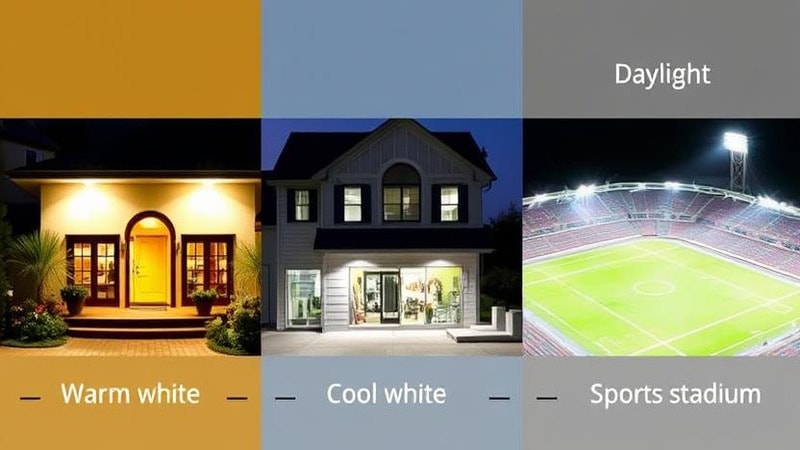
Neutral White (3500 K- 4500 K) has a balanced brightness, making it ideal for commercial settings, pathways, and general outdoor lighting.
Cool White (5000 K- 6000 K) is the optimal choice for security, industrial, and sports lighting because it provides a bright, daylight-like effect that improves visibility and safety.
Choosing the optimum color temperature ensures that the lighting accomplishes its goal while remaining comfortable and efficient.
The beam angle of a floodlight controls how far the light travels, altering coverage and focus. Narrow beam angles (10°-40°) are appropriate for spotlighting and accent lighting, which require focused illumination.
Medium beam angles (45°-70°) are ideal for pathways, driveways, and general area illumination because they provide a nice blend of coverage and intensity.
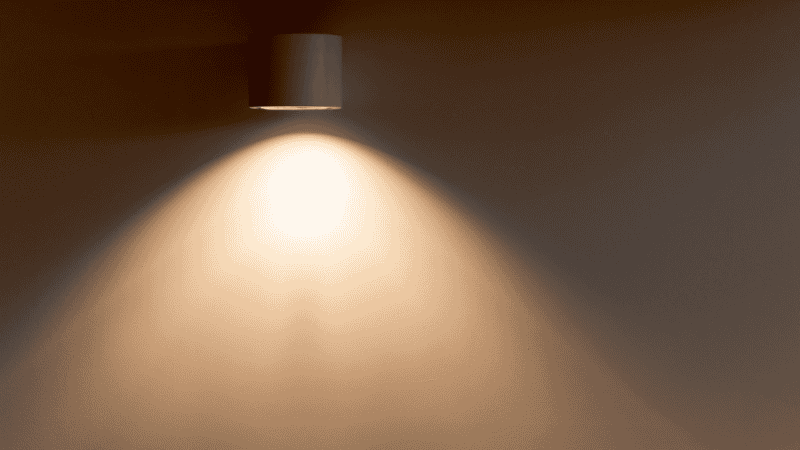
Wide beam angles (80°-120°) are ideal for large outdoor areas like parking lots and stadiums, providing even and extensive illumination.
Choosing the appropriate beam angle improves light distribution and eliminates unwanted light spillage.
Floodlights are usually used outdoors; hence, it is critical to assess their dust and water resistance. The ingress protection (IP) rating is used to test and denote resistance to dust and water in lights.
IP65-rated floodlights are dustproof and water-resistant, making them ideal for regular outdoor use.
Whereas, IP66-rated models offer superior protection against heavy rain and dust, making them perfect for industrial sites and high-exposure environments. IP67 and IP68 floodlights are submersion-resistant, assuring long-term durability in harsh weather conditions and marine situations.
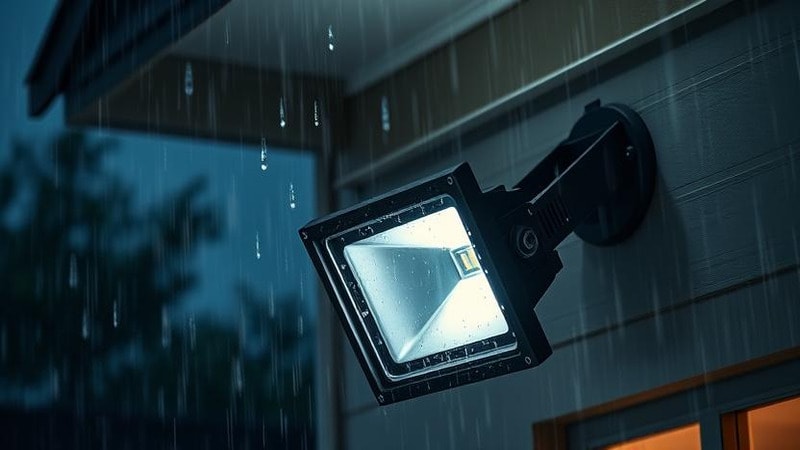
Furthermore, high-quality materials such as die-cast aluminum improve heat dissipation and corrosion resistance, increasing the floodlight’s lifespan and performance.
When comparing several light technologies, LED floodlights emerge as the most energy-efficient alternative. They last more than 50,000 hours and use 80% less energy than their halogen and HID competitors.
Halogen floodlights, while inexpensive, have a substantially shorter lifespan of 2,000-5,000 hours, necessitating regular replacement.
On the other hand, HID floodlights have moderate energy efficiency but require time to achieve peak brightness.
LED floodlights provide the best return on investment if you are aiming to decrease long-term costs and carbon footprints while also ensuring sustainability and reliability.
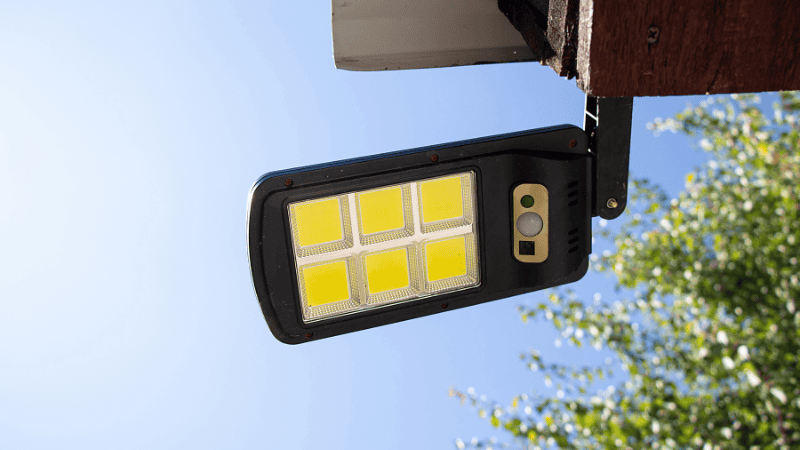
Floodlights come in a variety of mounting styles, each tailored to a specific need. Wall-mounted floodlights are widely used for residential security and outdoor lighting, as they provide targeted illumination.
Ground-mounted choices are ideal for landscape and architectural lighting, accentuating gardens and outside structures. Pole-mounted floodlights are popular for parking lots, sports fields, and street lighting because they provide elevated and extensive coverage.
Recessed floodlights are used in architectural projects to provide a seamless, integrated look that blends in with the surroundings while retaining functionality and aesthetics.
Choosing the appropriate installation method provides proper light placement and improves overall performance.
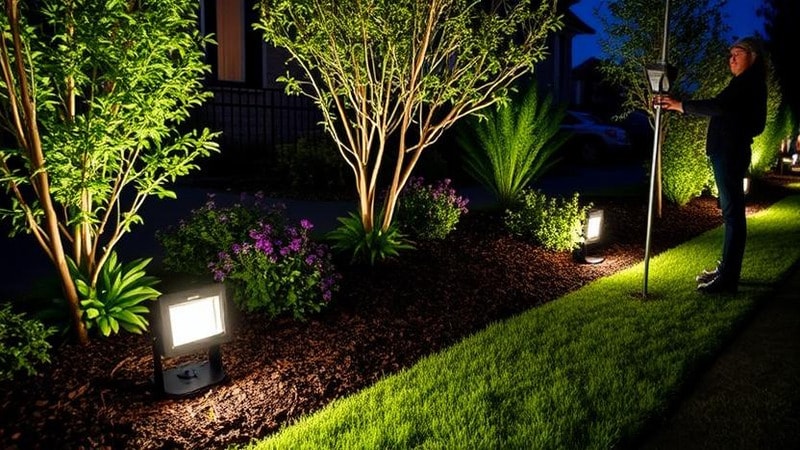
Selecting the appropriate floodlight is critical for visibility, security, and efficiency. However, many people make blunders that compromise performance and durability. Avoiding these typical faults can lead to better lighting solutions.
One common error is underestimating brightness. A weak floodlight fails to give adequate illumination. This can impair visibility and make outdoor areas unsafe.
Insufficient lighting also undermines security systems, making your premises vulnerable to intruders. It is critical to select the appropriate lumen output based on the location and application.
Another typical error is picking the incorrect wattage. A high-wattage floodlight wastes energy and raises electricity expenses.
However, low-wattage floodlights may not produce enough brightness, diminishing their usefulness. LED floodlights are an excellent choice since they provide maximum brightness with little wattage.
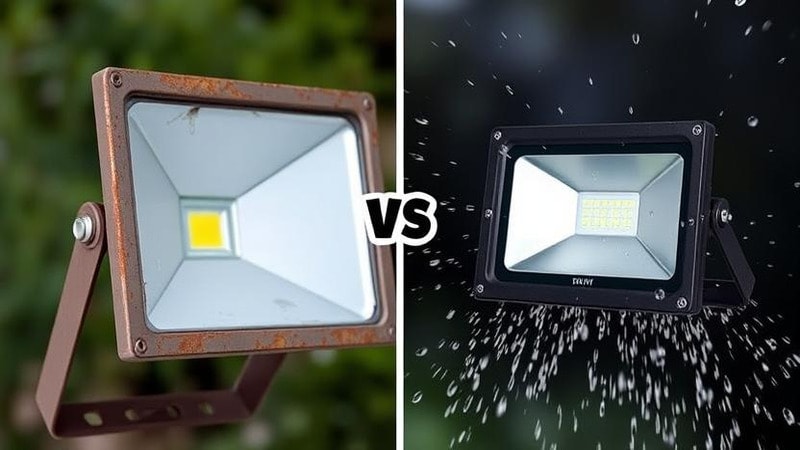
Ignoring weather resistance is yet another costly blunder. Outdoor floodlights are continually subjected to rain, dust, and temperature fluctuations.
Choosing a model without an appropriate IP rating can result in water damage and premature failure. For outdoor applications, choose floodlights with at least an IP65 rating to ensure long-term durability.
performance and enhanced security.
Floodlights must be installed correctly to ensure optimal coverage and endurance. Always follow the manufacturer’s directions for the installation process.
To avoid electrical risks, choose a professional when installing hardwired floodlights. When mounting, select a secure and sturdy site to avoid movement or damage from weather.
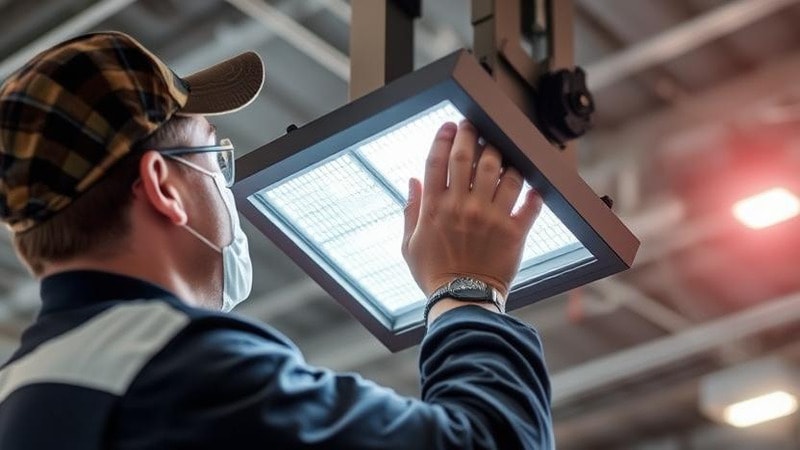
Floodlights require regular maintenance to perform properly. Clean the fixtures on a regular basis to remove dust and debris, which can impair brightness.
Inspect for cracks, loose wiring, and water damage. To ensure consistent illumination, repair components on battery-powered or bulb-based devices as needed.
Floodlights play an important part in home and business security. Bright lighting deters trespassers by eliminating dark areas where they could hide.
Well-lit outdoor environments increase visibility and safety, lowering the likelihood of an accident.
Motion detectors and smart lighting systems increase security by activating only when movement is detected. Well-placed floodlights can also boost property value and improve the general appearance of outdoor areas.
Whether for home security, large commercial lighting fixtures, or architectural illumination, selecting the appropriate lumens, wattage, and mounting choices is critical to ensuring top performance.
Weather resistance and energy efficiency are also essential for long-term dependability. Motion sensor floodlights improve security by detecting and deterring attackers. While Color-changing or architectural floodlights provide aesthetic appeal.
You need to examine your project’s lighting requirements and select accordingly.
At Risun Corp, we bring over 15 years of expertise in designing and manufacturing high-performance floodlights for industrial, commercial, and residential applications.
Our advanced lighting solutions prioritize energy efficiency, durability, and security to meet diverse business needs. Contact us today to discover our range of premium lighting.
A. Floodlights provide wide-angle illumination, while spotlights focus on a narrow beam for targeted lighting. While both spotlight vs floodlight are outdoor lighting solutions, their angle distinguishes them for different functionalities.
A. You can calculate the coverage area by multiplying the beam angle by the mounting height. It will give you an estimate of the illuminated area.
A. The ones that are fully waterproof and offer maximum weather resistance, so look for floodlights with an IP67 or IP68 rating.
A. The solar lights work best in driveways, gardens, and remote locations with ample sunlight exposure. They also work well in large spaces where they have access to their power source aka the sun.
A. You can prevent light pollution by using shielded fixtures and adjusting angles to direct light only where needed. You can also adjust brightness levels and light color in advanced LED light bulbs with smart features.
A. Yes, but choose waterproof (IP67+) floodlights designed for wet environments.
Comprehensive Lighting Solutions for MRO Wholesalers and Professionals
send your inquiry
Hi, I'm the author of this post, and I have been in this field for more than 15 years. If you want to wholesale lighting fixtures or lighting related product, feel free to ask me any questions.
Learn More >>Download our catalog to view all of our lighting products.
Ready to get started ?
Send Your InquiryOur team will get back to you promptly

please
download
Get notified about new products
Our team will get back to you promptly!
Add your first comment to this post